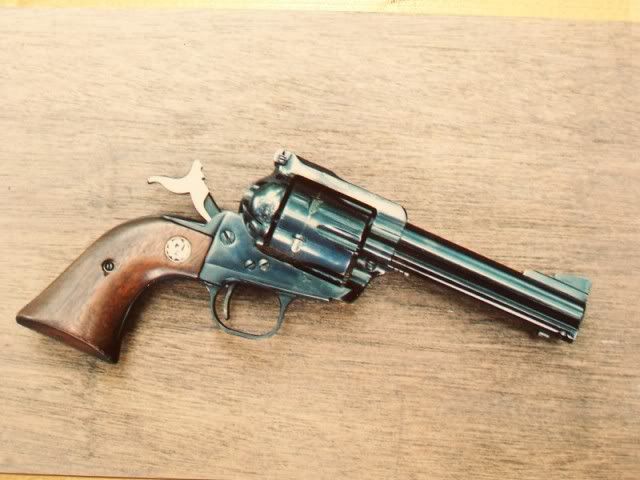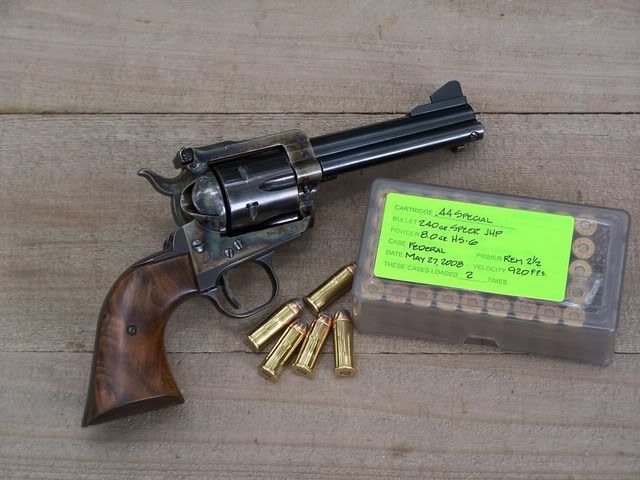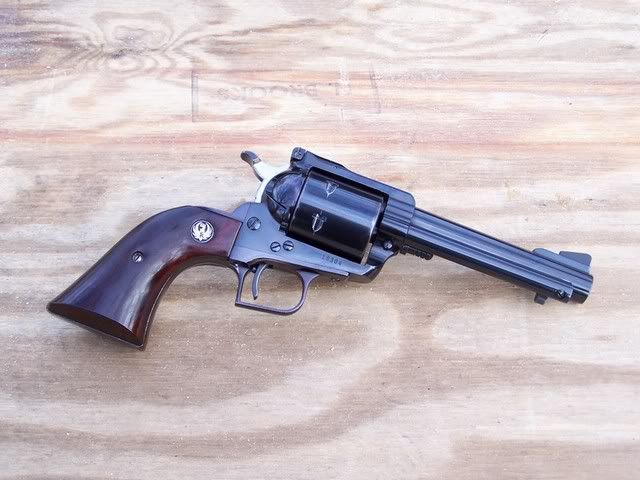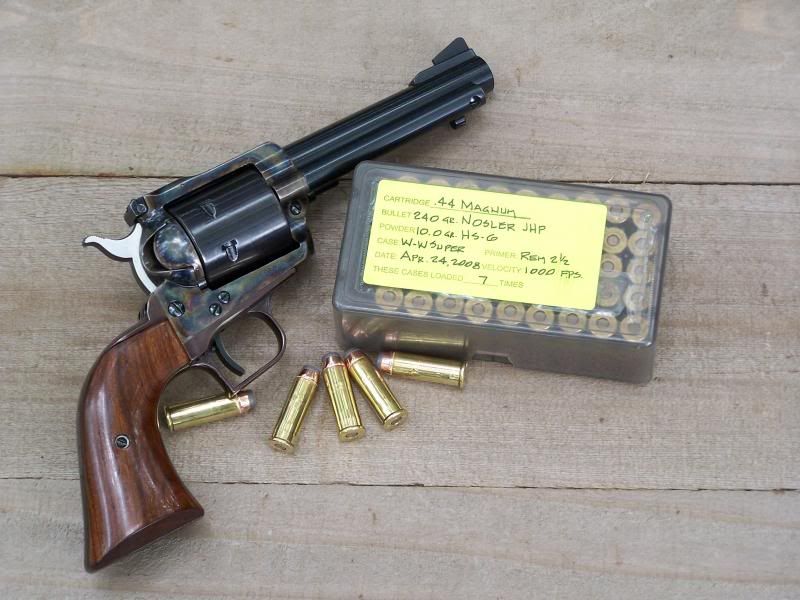Got a Ruger Vaquero with the color case hardening. My understanding is it's cosmetic and not actual case hardening. Well evidently it's a weak finish or I was too aggressive scrubbing a spot of surface rust off and it's now missing on part of the frame.
Aside from sending it off to Turnbull for the real thing, are there other options for putting the finish back on?
Aside from sending it off to Turnbull for the real thing, are there other options for putting the finish back on?








